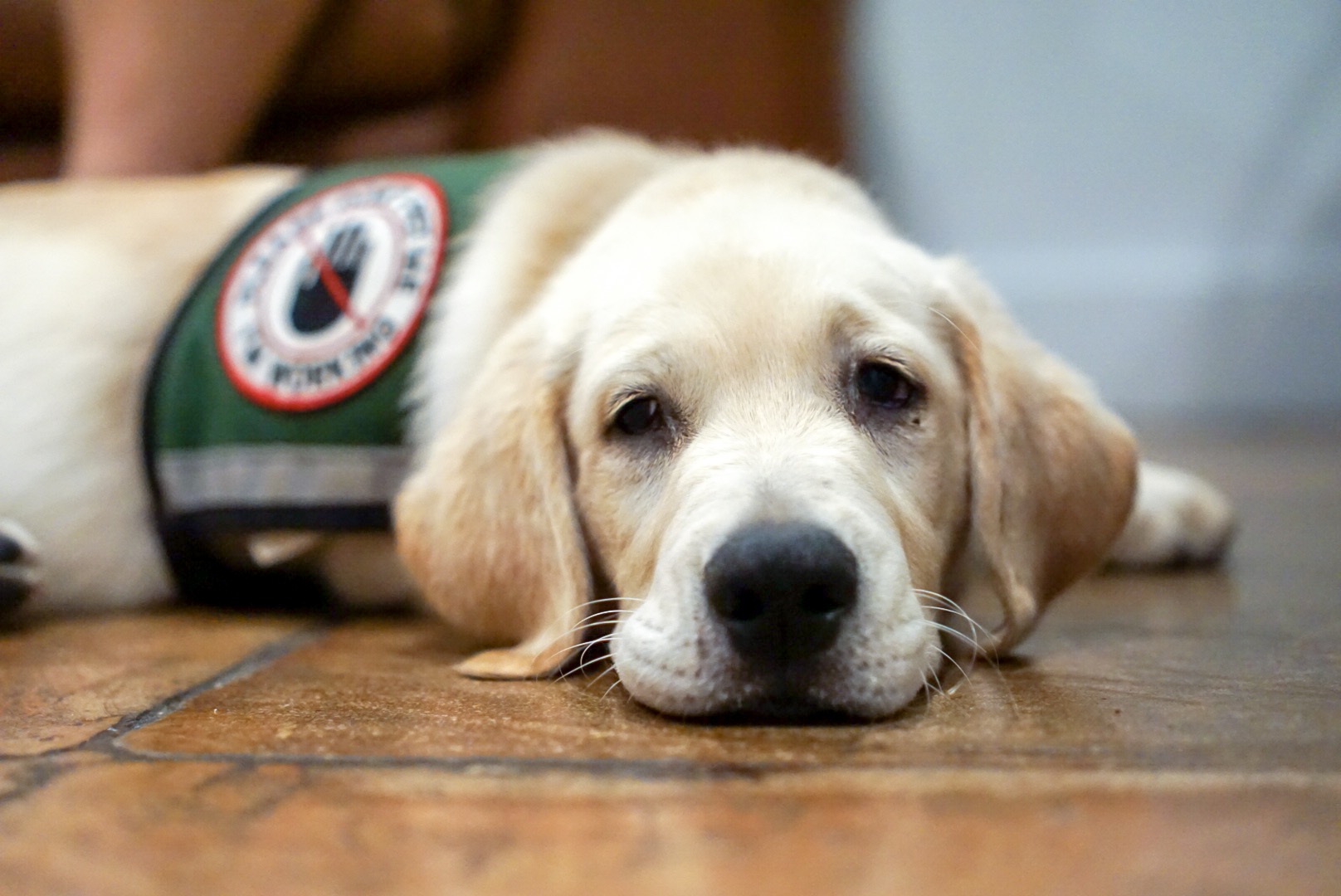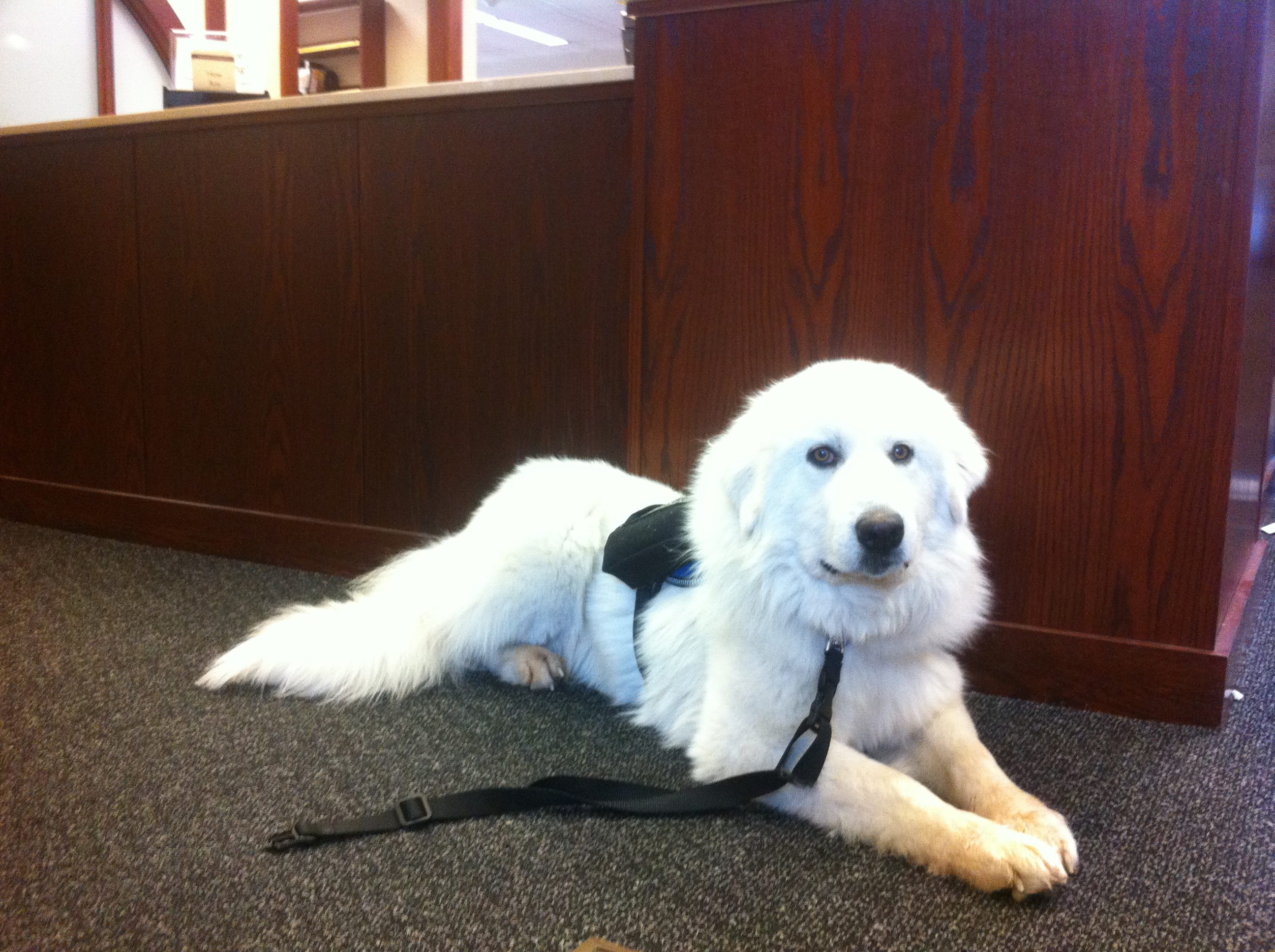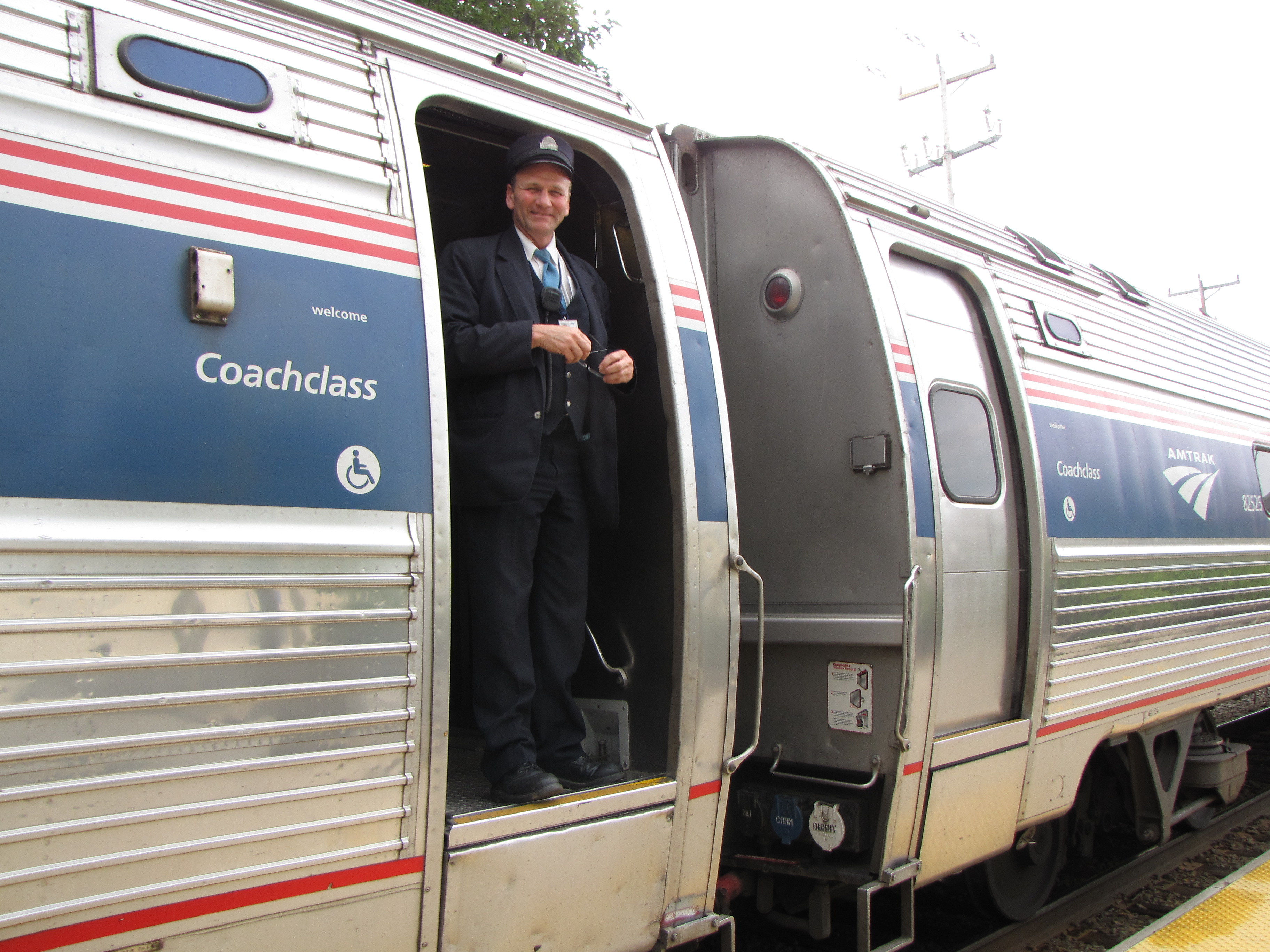|
M7 (railcar)
The M7 is an electric multiple unit railroad car built by Bombardier for use on the MTA's Long Island Rail Road (LIRR) and Metro-North Railroad. With delivery beginning in 2002, the M7 replaced the M1 railcars on both railroads as well as the ACMUs on Metro-North. The cars built for Metro-North were designated as the M7As, and contain minor differences from the M7s found on the LIRR. A total of 1,172 M7 cars were built for the two railroads. Description Cars are arranged as married pairs, where each car contains a complete set of controls for an engineer, conductor, or brakeman. However, the 'B' Cars (denoted by odd-numbered car designations) contain a handicapped accessible restroom, which is larger than the restroom provided on the M1 and M3 railcars and designed to accommodate a wheelchair, as well as an attendant and/or service animal (such as a guide dog, hearing dog or service dog) accompanying the passenger. The enlarged bathroom reduces the number of seats in the ... [...More Info...] [...Related Items...] OR: [Wikipedia] [Google] [Baidu] |
Plandome (LIRR Station)
Plandome is a train station, station on the Long Island Rail Road's Port Washington Branch in the villages of Plandome, New York, Plandome and Plandome Manor, New York, Plandome Manor, in Nassau County, New York, Nassau County, Long Island, New York (state), New York. It is located off Stonytown Road and Rockwood Road, near West Circle Drive and Colonial Drive. The Plandome Post Office is located on the first floor, below the station's waiting room. The station also serves as the location of the Plandome Branch of the United States Postal Service. History Plandome station was built in 1909, and as such was the last station to be built on the Port Washington Branch until the Mets – Willets Point (LIRR station), World's Fair station opened in Queens in 1939. The track was first laid in 1898 with the building of the Manhasset Viaduct, which allowed for the extension of the railroad line from Great Neck to Port Washington; the stone bridge carrying the track over Stonytown Road wa ... [...More Info...] [...Related Items...] OR: [Wikipedia] [Google] [Baidu] |
Pulse Code Cab Signaling
Pulse code cab signaling is a form of cab signaling technology developed in the United States by the Union Switch and Signal corporation for the Pennsylvania Railroad in the 1920s. The 4-aspect system widely adopted by the PRR and its successor railroads has become the dominant railroad cab signaling system in North America with versions of the technology also being adopted in Europe and rapid transit systems. In its home territory on former PRR successor Conrail owned lines and on railroads operating under the NORAC Rulebook it is known simply as Cab Signaling System or CSS. History In 1922 the Interstate Commerce Commission issued a ruling requiring trains to be equipped with automatic train stop technology if they were to be operated at 80 mph or greater. The Pennsylvania Railroad decided to use this as an opportunity to implement a signaling technology that could improve both safety and operational efficiency by displaying a signal continuously in the locomotive cab. ... [...More Info...] [...Related Items...] OR: [Wikipedia] [Google] [Baidu] |
Service Dog
An assistance dog is a dog that receives specialized training to aid an individual with a disability in navigating everyday life. Assistance dogs can be trained by an organization, or by their handler. Terminology 'Assistance dog' is the internationally established term for a dog that provides assistance to a disabled person and is task-trained to help mitigate the handler's disability. In the United States, assistance dogs are also commonly referred to as 'service dogs'. Assistance dogs are not emotional support animals (ESAs), which are generally not protected by the same laws and typically have little to no training compared to an assistance or service dog. Assistance dogs and ESAs are also both distinct from Therapy dog, therapy dogs. While therapy dogs are required to undergo training and become certified, they work for people other than their handler and are not covered by laws such as the US Americans with Disabilities Act of 1990, Americans with Disabilities Act. Dist ... [...More Info...] [...Related Items...] OR: [Wikipedia] [Google] [Baidu] |
Hearing Dog
A hearing dog is a specialized assistance dog specifically selected and trained to assist people who are deaf or hard of hearing by alerting their handler to important sounds, such as doorbells, smoke alarms, ringing telephones, or alarm clocks. They may also work outside the home, alerting their handler to sounds such as sirens, forklifts, and a person calling the handler's name. Training Dogs that may become hearing dogs are tested for proper temperament and willingness to work. After passing initial screenings, they are trained in basic obedience and exposed to things they will face in public areas, such as elevators, shopping carts, and different types of people. They are also trained in audio-response training, where they are exposed to different house appliances or other noises, like doorbells. These results are then logged. Only after that period of socializing and audio-response training are they then considered to be fully trained in sound alerting. Hearing dogs m ... [...More Info...] [...Related Items...] OR: [Wikipedia] [Google] [Baidu] |
Guide Dog
Guide dogs (colloquially known in the US as seeing-eye dogs) are assistance dogs trained to lead people who are blind or visually impaired around obstacles. Although dogs can be trained to navigate various obstacles, they are red–green colour blind and incapable of interpreting street signs. The human does the directing, based on skills acquired through previous mobility training. The handler might be likened to an aircraft's navigator, who must know how to get from one place to another, and the dog is the pilot, who gets them there safely. In several countries guide dogs, along with most other service and hearing dogs, are exempt from regulations against the presence of animals in places such as restaurants and public transportation. History So far, the most ancient written reference to guide dogs yet dates back to the year 1247. Thomas of Celano quotes Saint Francis of Assisi as saying, "I saw at one time - he added - a blind man who in a path was led by a little s ... [...More Info...] [...Related Items...] OR: [Wikipedia] [Google] [Baidu] |
Public Toilet
A public toilet, restroom, bathroom or washroom is a room or small building with toilets (or urinals) and sinks for use by the general public. The facilities are available to customers, travelers, employees of a business, school pupils or prisoners. Public toilets are typically found in many different places: inner-city locations, offices, factories, schools, universities and other places of work and study. Similarly, museums, cinemas, bars, restaurants, and entertainment venues usually provide public toilets. Railway stations, filling stations, and long distance public transport vehicles such as train toilet, trains, ferries, and aircraft toilet, planes usually provide toilets for general use. Portable toilets are often available at large outdoor events. Public toilets are commonly Sex segregation, separated by sex (or gender) into male and female toilets, although Unisex public toilet, some are unisex (gender-neutral), especially for small or single-occupancy public toilets. ... [...More Info...] [...Related Items...] OR: [Wikipedia] [Google] [Baidu] |
Handicapped Accessible
Disability is the experience of any condition that makes it more difficult for a person to do certain activities or have equitable access within a given society. Disabilities may be cognitive, developmental, intellectual, mental, physical, sensory, or a combination of multiple factors. Disabilities can be present from birth or can be acquired during a person's lifetime. Historically, disabilities have only been recognized based on a narrow set of criteria—however, disabilities are not binary and can be present in unique characteristics depending on the individual. A disability may be readily visible, or invisible in nature. The United Nations Convention on the Rights of Persons with Disabilities defines disability as including: Disabilities have been perceived differently throughout history, through a variety of different theoretical lenses. There are two main models that attempt to explain disability in our society: the medical model and the social model. The medical mo ... [...More Info...] [...Related Items...] OR: [Wikipedia] [Google] [Baidu] |
Brakeman
A brakeman is a rail transport worker whose original job was to assist the braking of a train by applying brakes on individual wagons. The advent of through brakes, brakes on every wagon which could be controlled by the driver, made this role redundant, although the name lives on, for example, in the United States where brakemen carry out a variety of functions both on the track and within trains. By country Germany In Germany, the brakemen occupied brakeman's cabins on several or even all wagons in a train and would operate the wagon brakes when signaled by the engine driver. It was a dangerous and uncomfortable role, especially in winter when it was not uncommon for brakemen to freeze to death in the unheated cabins. The implementation of air brakes led to the phasing out of brakemen who previously operated manual brakes from brakeman's cabins. While the construction of brakeman's cabins ceased around 1925, existing wagons with such cabins remained in use for several ... [...More Info...] [...Related Items...] OR: [Wikipedia] [Google] [Baidu] |
Conductor (transportation)
A conductor (North American English) or guard (Commonwealth English) is a train crew member responsible for operational and safety duties that do not involve actual operation of the train/locomotive. The role is common worldwide under various job titles, although on many railroads the role has been discontinued. The ''conductor'' title is most common in North America. In Commonwealth countries, the conductor (also sometimes known as ''train manager'') is someone who sells and/or inspects tickets. The responsibilities of the role typically include the following: * ensuring that the train follows applicable safety rules and practices * making sure that the train stays on schedule starting from the stations * opening and closing power operated doors * selling and checking tickets, and other customer service duties * ensuring that any cars and cargo are picked up and dropped off properly * completing en-route paperwork * directing the train's movement while operating in reverse * ... [...More Info...] [...Related Items...] OR: [Wikipedia] [Google] [Baidu] |
Railroad Engineer
A train driver is a person who operates a train, railcar, or other rail transport vehicle. The driver is in charge of and is responsible for the mechanical operation of the train, train speed, and all of the train handling (also known as brake handling). Train drivers must follow certain guidelines for driving a train safely. Naming British English terms for a train driver include engine driver, engineman, and locomotive driver. The term in North American English is railroad engineer, but the simpler term engineer is more commonly used. Terms for a train driver in other English dialects include locomotive handler, locomotive engineer, locomotive operator, train operator, and motorman. In American English, a hostler (also known as a switcher) moves engines around rail yards, but does not take them out on the main line tracks; the British English equivalent is a shunter. Career progression For many American railroads, the following career progression is typical: assistant ... [...More Info...] [...Related Items...] OR: [Wikipedia] [Google] [Baidu] |
Married Pair
A twin unit, twinset, or double unit is a set of two railroad Railway car, cars or locomotives which are permanently coupled and treated as if they were a single unit. A twinset of cars or coaches can also be called a twin car. In US passenger railroad parlance, twin units are also known as married pairs. On passenger railroads, light rail, and monorail services, married pairs may have machinery necessary for full operation of the cars split between them. Items that are typically shared include transformers, motor controllers, dynamic braking grids, cabs, current collectors, batteries, and air compressors. This provides significant savings in both cost of equipment and weight, which increases performance and decreases energy consumption. The Operating cost, cost of operating such a pair may be slightly higher when the extra car in such a pair is not needed to meet level-of-service demands at a particular time. See also * Cow–calf * Multiple unit References Rolling s ... [...More Info...] [...Related Items...] OR: [Wikipedia] [Google] [Baidu] |
Electric Multiple Unit
An electric multiple unit or EMU is a multiple-unit train consisting of self-propelled carriages using electricity as the motive power. An EMU requires no separate locomotive, as electric traction motors are incorporated within one or a number of the carriages. An EMU is usually formed of two or more semi-permanently coupled carriages. However, electrically powered single-unit railcars are also generally classed as EMUs. The vast majority of EMUs are passenger trains but versions also exist for carrying mail. EMUs are popular on intercity, commuter, and suburban rail networks around the world due to their fast acceleration and pollution-free operation, and are used on most rapid-transit systems. Being quieter than diesel multiple units (DMUs) and locomotive-hauled trains, EMUs can operate later at night and more frequently without disturbing nearby residents. In addition, tunnel design for EMU trains is simpler as no provision is needed for exhausting fumes, although retrofitting ... [...More Info...] [...Related Items...] OR: [Wikipedia] [Google] [Baidu] |







